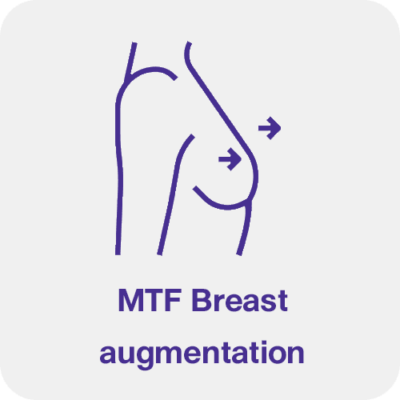Breast Augmentation with Silicone Implants: A Comprehensive Guide
Breast augmentation with silicone implants is one of the most sought-after cosmetic procedures today, offering women the opportunity to enhance their breast size and shape. This guide aims to provide essential information about the procedure, including its benefits, risks, and considerations, helping potential patients make informed decisions.
What is Breast Augmentation with Silicone Implants?
Breast augmentation with silicone implants involves the surgical insertion of silicone-filled implants to increase breast volume and improve breast contours. Silicone implants are favored for their natural feel and appearance, closely mimicking the softness of natural breast tissue.
Types of Silicone Implants
- Round Silicone Implants: These implants are filled with silicone gel and have a symmetrical shape, which can enhance the fullness of the upper breast.
- Teardrop (Anatomical) Silicone Implants: These implants are shaped like a natural breast, providing a more gradual slope, and are ideal for women seeking a more subtle enhancement.
Benefits of Silicone Implants
- Natural Appearance: Silicone implants provide a more natural feel and look compared to saline implants, making them a popular choice for many women.
- Variety of Sizes and Shapes: With a range of options available, patients can choose the size and shape that best suits their body type and aesthetic goals.
- Durability: Silicone implants are designed to be long-lasting, often providing a more stable and reliable option than saline implants.
Risks and Considerations
While breast augmentation with silicone implants has many benefits, it is essential to consider the associated risks:
- Surgical Risks: As with any surgery, there are risks such as infection, bleeding, and adverse reactions to anesthesia.
- Implant Rupture or Leakage: Although rare, silicone implants can rupture, leading to potential complications that may require additional surgery.
- Capsular Contracture: This condition occurs when scar tissue forms around the implant, potentially causing discomfort or altering the shape of the breast.
The Procedure
Breast augmentation is typically performed on an outpatient basis under general anesthesia. The surgeon will make an incision in a discreet location, such as under the breast, in the armpit, or around the areola. The silicone implant is then inserted into a pocket created either beneath the breast tissue or beneath the chest muscle. The procedure usually takes about one to two hours, and recovery time varies, with many patients returning to normal activities within a few weeks.
Post-Operative Care
After the surgery, patients should follow their surgeon’s post-operative instructions, which may include:
- Wearing a supportive surgical bra to aid in healing
- Avoiding strenuous activities for several weeks
- Attending follow-up appointments to monitor recovery
Conclusion
Breast augmentation with silicone implants can significantly enhance a woman’s appearance and boost self-confidence. However, it is crucial to consult with a board-certified plastic surgeon to discuss your goals, options, and any potential risks associated with the procedure. By making an informed decision, you can achieve the beautiful, natural results you desire.









